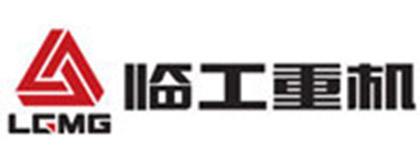Serverless architecture is a cloud computing model where developers can build and run applications without having to manage servers. In a serverless architecture, the cloud provider takes care of all the infrastructure components such as servers, storage, and networking, allowing developers to focus solely on writing code for their application's core functionality.The key concept behind serverless is the concept of function-as-a-service (FaaS). Developers write small, independent functions that perform specific tasks and deploy them to the cloud provider's serverless platform. These functions are executed in response to specific events or triggers, such as incoming HTTP requests or changes in a database. The cloud provider dynamically manages the scaling and allocation of resources required to run these functions, automatically adjusting to the incoming workload.Serverless architecture offers several advantages. Firstly, it eliminates the need to provision, manage, and scale servers, resulting in reduced costs and improved resource utilization. Developers can also benefit from automatic scaling and high availability, as the cloud provider handles these aspects. Additionally, serverless architecture promotes better code organization, as developers can focus on writing smaller, more focused functions that are easier to manage and debug.However, serverless architecture also has some limitations. For instance, since functions are stateless and ephemeral, they are not suitable for tasks that require long-lived or persistent connections. Additionally, the increased complexity of distributed systems and reliance on cloud provider services can introduce challenges in debugging and monitoring.Overall, serverless architecture offers a new paradigm for developing and running applications, allowing developers to focus on their code and the business logic while abstracting away the underlying infrastructure concerns. It is well-suited for event-driven applications, microservices architectures, and scenarios with unpredictable or variable workloads.


